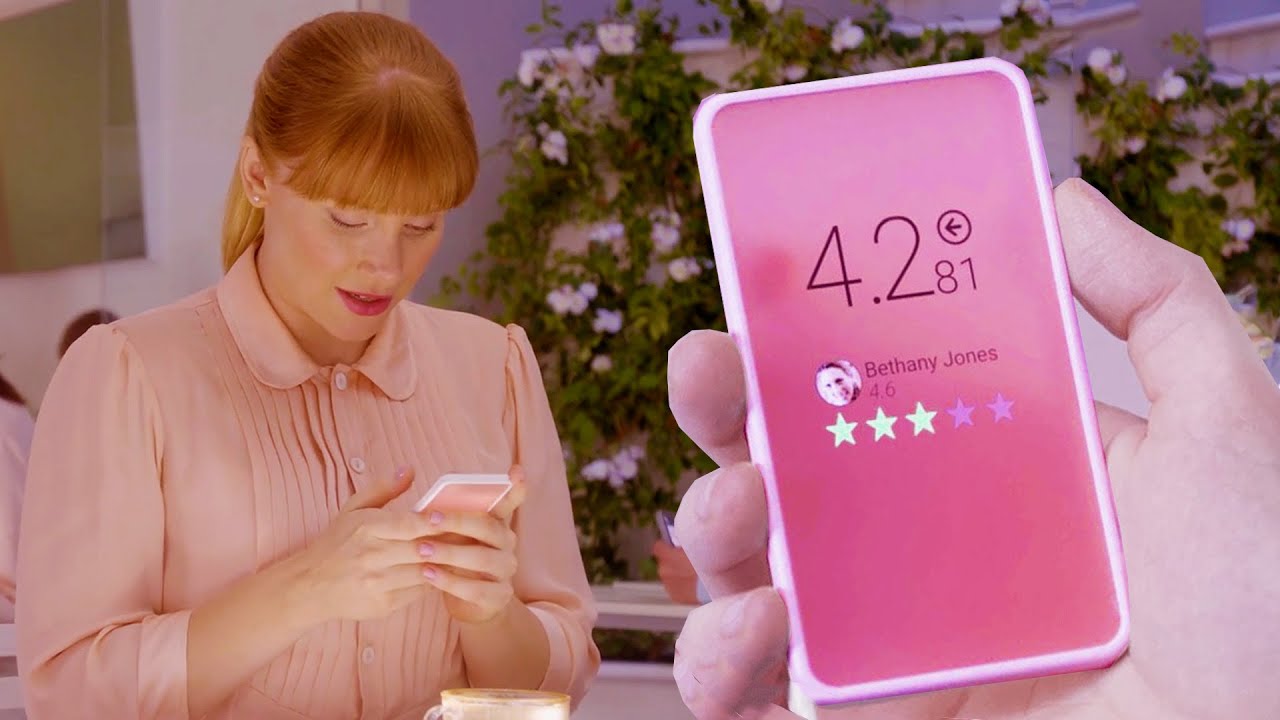The Benefits of Choosing Older Tech Over the Latest Trends
In a world obsessed with the latest and greatest gadgets, the allure of shiny new tech can be hard to resist. But is always upgrading really necessary? Let’s explore why opting for older models can often be a smarter choice.
Key Takeaways:
- Save Money: Older models often come at significantly lower prices, offering great value without breaking the bank.
- Avoid Early Bugs: Waiting allows manufacturers to iron out initial flaws, ensuring a more reliable product.
- Essential Features: Many new features are minor upgrades that might not justify the higher cost of the latest models.
- Reduced Depreciation: New models lose value quickly, making older models a better investment in the long run.
- Environmental Impact: Choosing older models reduces waste by extending the lifecycle of electronics.
The Case for Patience: Waiting Out Early Flaws
When a new tech product hits the market, it’s tempting to be among the first to own it. However, early adopters often face unforeseen bugs and issues that haven’t been resolved in initial releases. Waiting a bit allows these kinks to be identified and fixed, ensuring a smoother experience when you finally make your purchase. For example, holding off on buying the latest smartphone until its initial performance issues are resolved can save you from potential headaches and dissatisfaction.
Do You Really Need All Those Features?
Tech companies frequently tout new features as must-haves, convincing consumers that upgrading is essential. In reality, many of these enhancements are incremental and may not significantly impact your daily use. Take smartphones, for instance. Upgrading every year for minor camera tweaks or slight performance boosts isn’t always justified. Often, the previous year’s model offers nearly identical functionality at a fraction of the cost.
The Perception of Obsolescence: Why Last Year’s Model Is a Bargain
One of the biggest myths perpetuated by consumer culture is the idea of perceived obsolescence. As soon as a new model hits the shelves, its predecessor is often deemed outdated—even if it’s only a year old and perfectly functional. This mindset drives down prices dramatically, making last year’s model a steal for savvy shoppers. For example, buying a new smartphone from the previous year can save you hundreds of dollars without sacrificing much in terms of performance or features.
Avoiding Depreciation: The Cost of Being First
Buying new tech products right after release often means paying a premium. This initial cost depreciation, similar to driving a new car off the lot, can be steep. Within months, newer models may be released, further devaluing your recent purchase. Opting for last year’s model, whether new or used, helps mitigate this financial hit and preserves more of your investment over time.
Timing Is Key: Snagging Deals on “Old” New Models
Ironically, one of the best times to buy a new tech product is when its successor is released. As consumers rush to upgrade, retailers and manufacturers often discount previous models to clear inventory. This presents an opportunity to purchase new, older models at significantly reduced prices, making them an even better value.
Conclusion: Embrace Value, Not Hype
In conclusion, while there’s undeniable excitement in owning the latest gadgets, the practical benefits of choosing older models are clear. You can save money, avoid early technical issues, and minimize environmental impact—all while enjoying nearly identical functionality. By opting to live “behind the cutting edge,” you’re not just making a frugal choice; you’re making a smart, sustainable decision.
So, next time you’re tempted by the allure of the newest release, consider whether the latest features truly justify the cost. Often, you’ll find that yesterday’s tech is more than sufficient for today’s needs.














